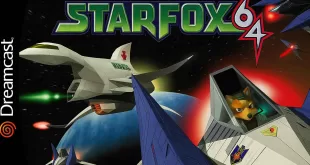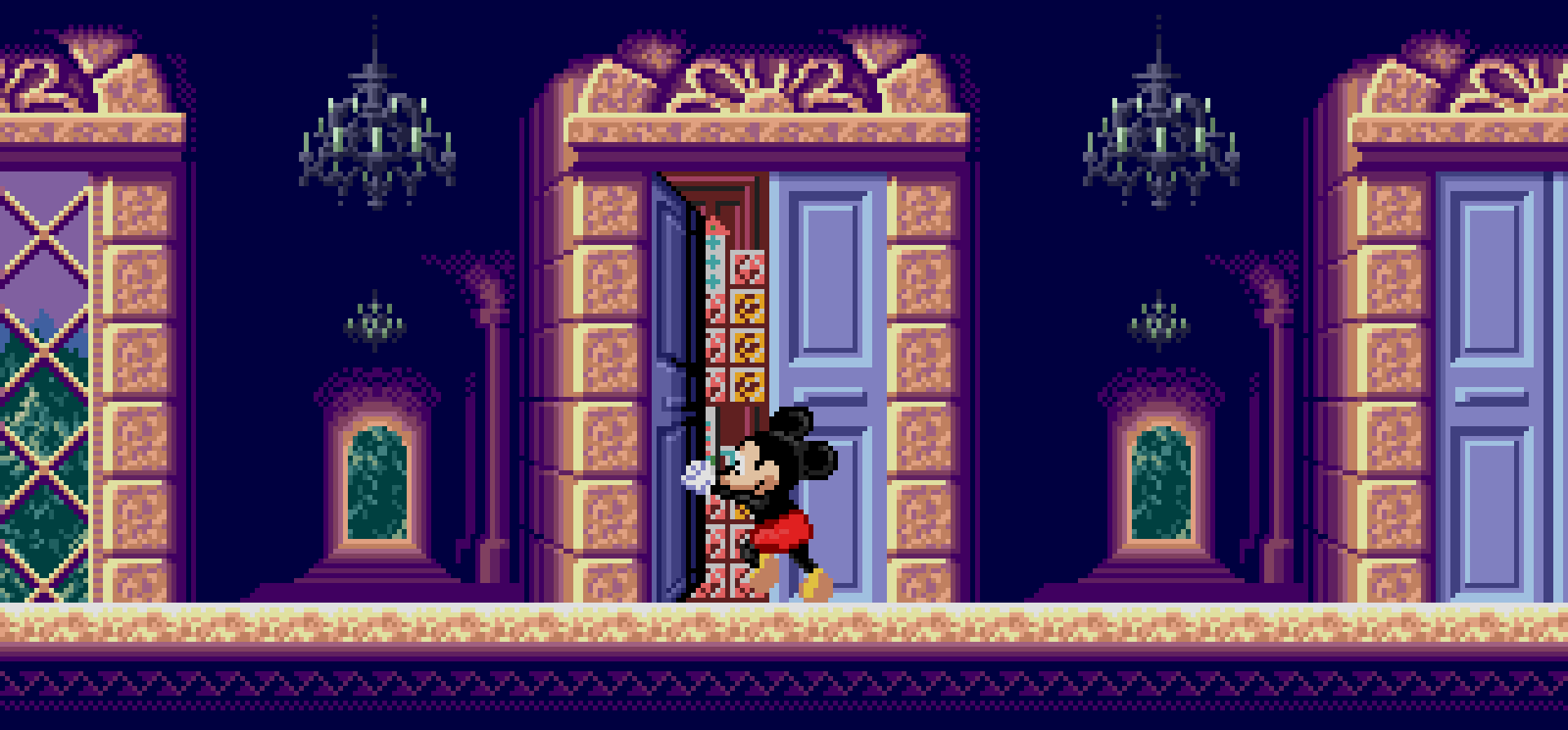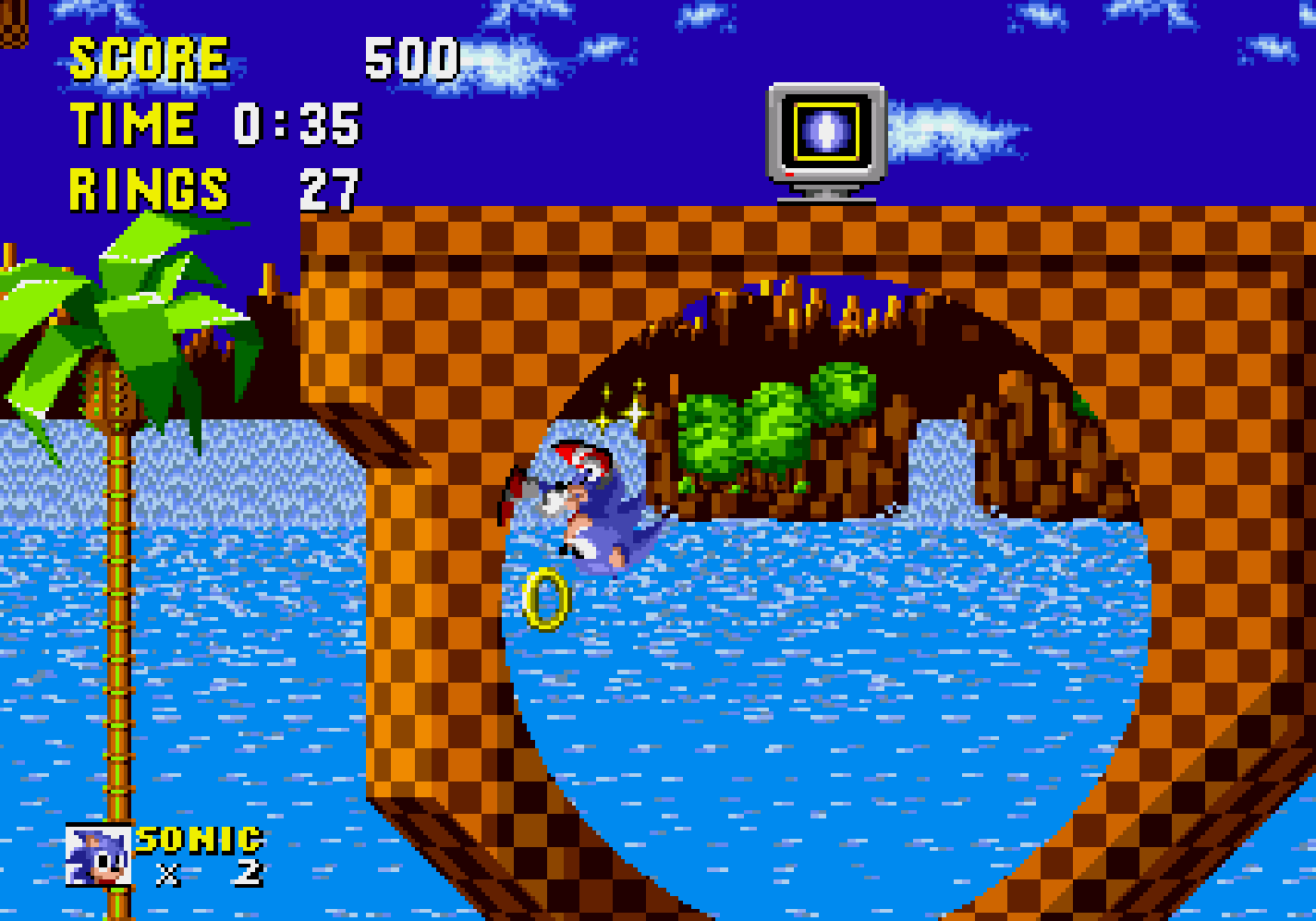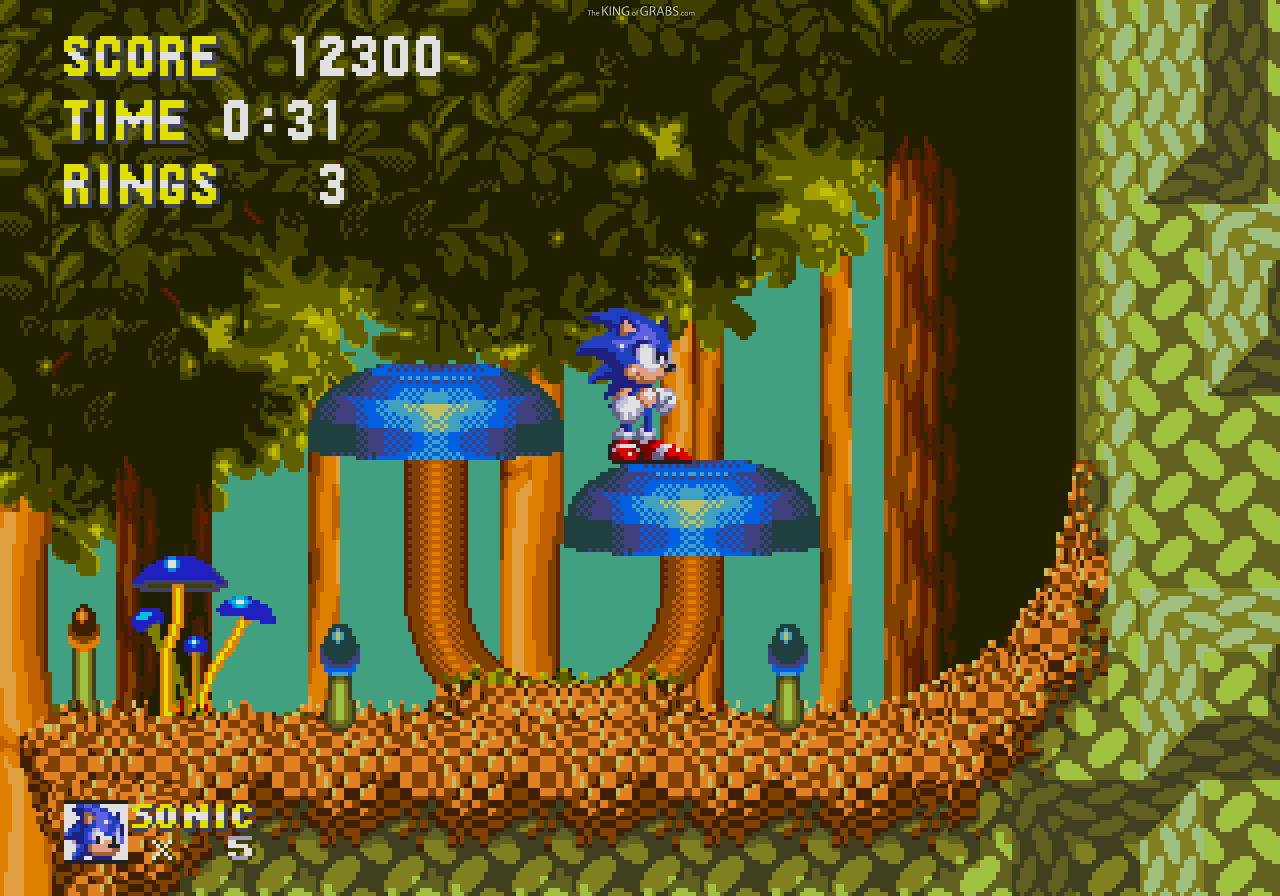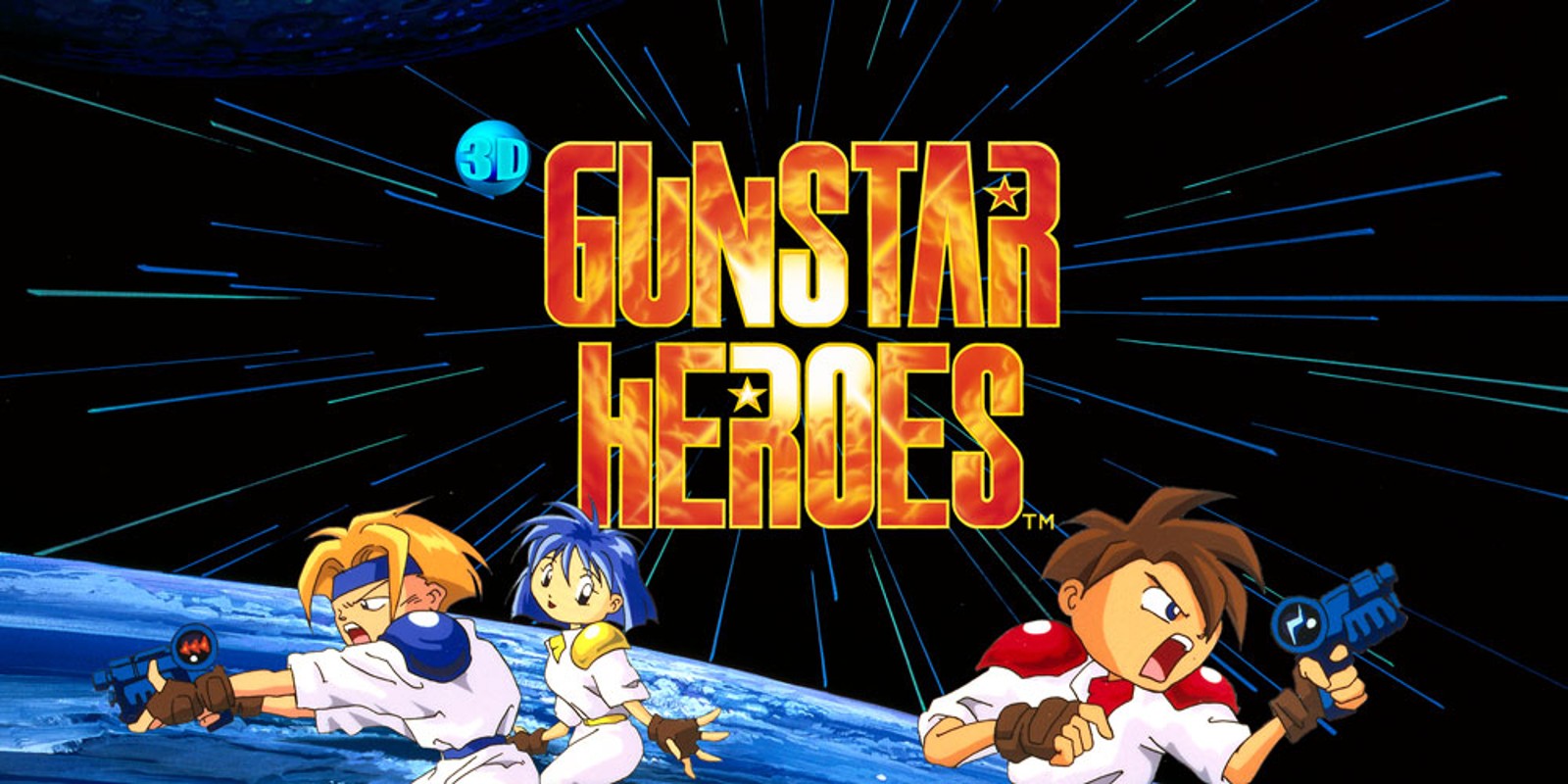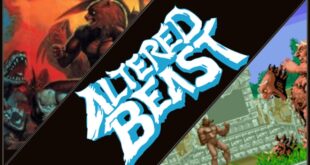Related Articles
The premier Sega Genesis Game for Each Year During the Console’s Heyday
The Sega Genesis, also known as the Mega Drive in regions outside of North America, was a 16-bit gaming console that competed head-to-head with the Super Nintendo Entertainment System (SNES). The Genesis had its own unique library of games that pushed the boundaries of what was possible in gaming at the time. Let’s take a look at the most quintessential Sega Genesis games from its golden years.
1989: Altered Beast
The Genesis Launches with a Beast
Release Date: August 14, 1989 (North America)
Developer: Sega
Genre: Beat ’em Up
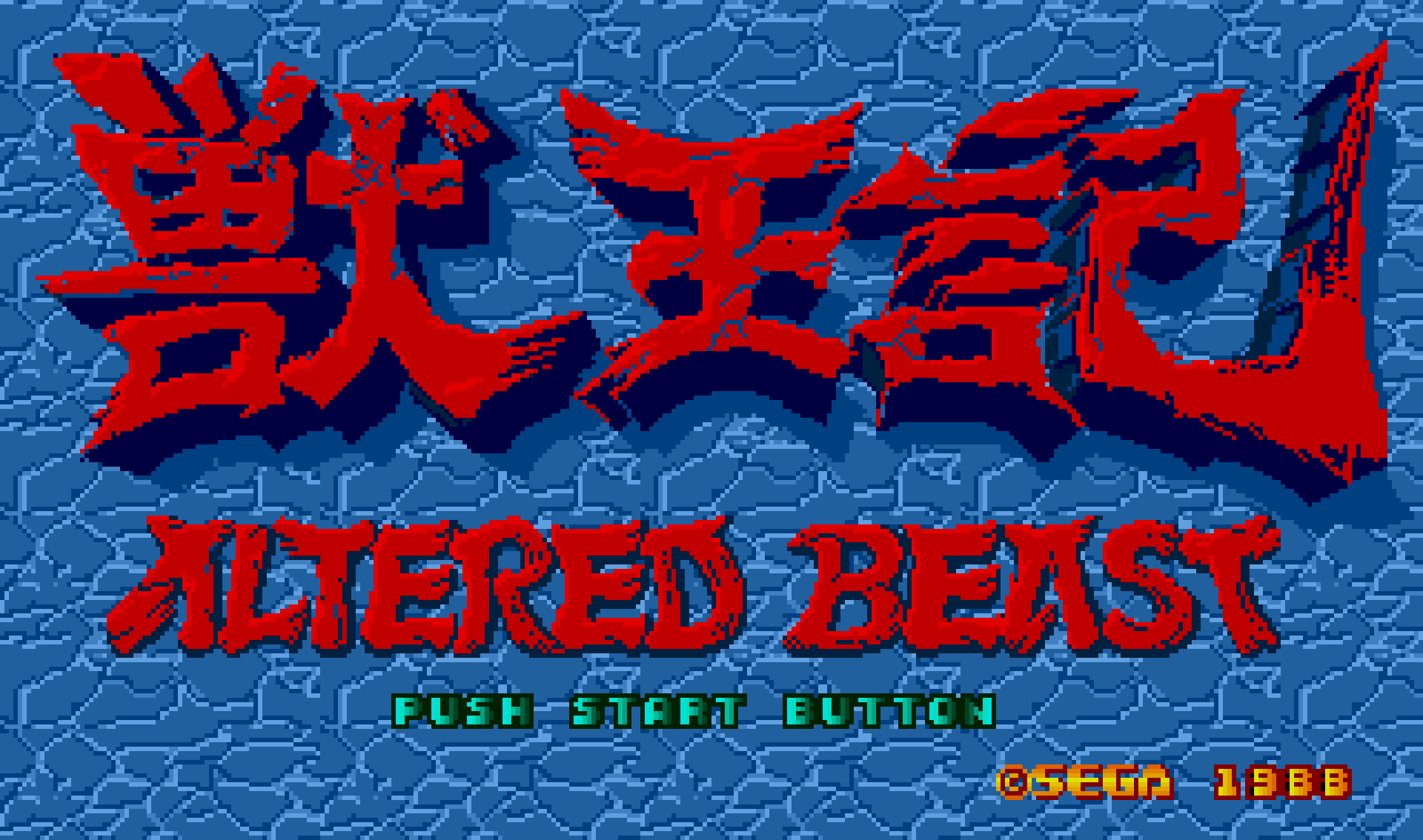
The Sega Genesis launched with “Altered Beast,” a side-scrolling beat ’em up that showcased the console’s superior graphics and sound capabilities compared to its 8-bit predecessors. Players took control of a centurion resurrected by Zeus to rescue his daughter, Athena. Throughout the game, the centurion could transform into various beasts, each with unique abilities. “Altered Beast” set the stage for the Genesis as a console that could deliver arcade-quality experiences at home.
1990: Castle of Illusion Starring Mickey Mouse
Disney Magic Comes to the Genesis
Release Date: November 21, 1990 (Japan), December 1, 1990 (North America)
Developer: Sega
Genre: Platformer
In 1990, Sega partnered with Disney to create “Castle of Illusion Starring Mickey Mouse,” a charming platformer that captured the essence of classic Disney animation. Players guided Mickey through various stages to rescue Minnie from the evil witch Mizrabel. The game’s colorful graphics, tight controls, and memorable soundtrack made it a standout title in the Genesis library.
Castle of Illusion on Wikipedia
1991: Sonic the Hedgehog
The Birth of a Mascot and a Franchise
Release Date: June 23, 1991 (North America), July 26, 1991 (Europe)
Developer: Sonic Team
Genre: Platformer
In 1991, Sega introduced its iconic mascot, Sonic the Hedgehog, in a game that revolutionized the platforming genre. “Sonic the Hedgehog” featured fast-paced gameplay, vibrant graphics, and a catchy soundtrack that perfectly complemented Sonic’s speed. The game’s success propelled Sonic to become one of the most recognizable video game characters of all time and established the Genesis as a serious contender in the console market.
Sonic the Hedgehog on Wikipedia
1992: Streets of Rage 2
The Quintessential Beat ’em Up
Release Date: December 20, 1992 (Japan), December 1992 (North America)
Developer: Sega
Genre: Beat ’em Up
“Streets of Rage 2” refined the beat ’em up formula established by its predecessor and delivered a polished, engaging experience. With four playable characters, each with unique abilities, and a memorable soundtrack, “Streets of Rage 2” set a new standard for the genre. The game’s two-player cooperative mode made it a favorite among friends looking to team up and clean the streets of crime.
Streets of Rage 2 on Wikipedia
1993: Gunstar Heroes
A Showcase of the Genesis’ Technical Prowess
Release Date: September 9, 1993 (Japan), September 10, 1993 (North America)
Developer: Treasure
Genre: Run and Gun
“Gunstar Heroes” pushed the Genesis to its limits with its fast-paced, action-packed gameplay and impressive visual effects. Developed by Treasure, known for their technical mastery, “Gunstar Heroes” featured a unique weapon combination system, allowing players
Lock-On Technology Expands the Sonic Universe
Release Date: October 18, 1994 (North America), October 20, 1994 (Japan)
Developer: Sonic Team
Genre: Platformer
“Sonic & Knuckles” introduced a groundbreaking “lock-on” technology that allowed players to physically connect the cartridge to other Sonic games, unlocking new content and features. This innovative approach expanded the Sonic universe and provided a unique gaming experience. The game itself featured challenging levels, impressive boss battles, and the ability to play as Knuckles the Echidna, each with their own unique abilities and story paths.
1995: Vectorman
A Technical Marvel in the Genesis’ Final Years
Release Date: October 24, 1995 (North America), November 30, 1995 (Europe)
Developer: BlueSky Software
Genre: Run and Gun
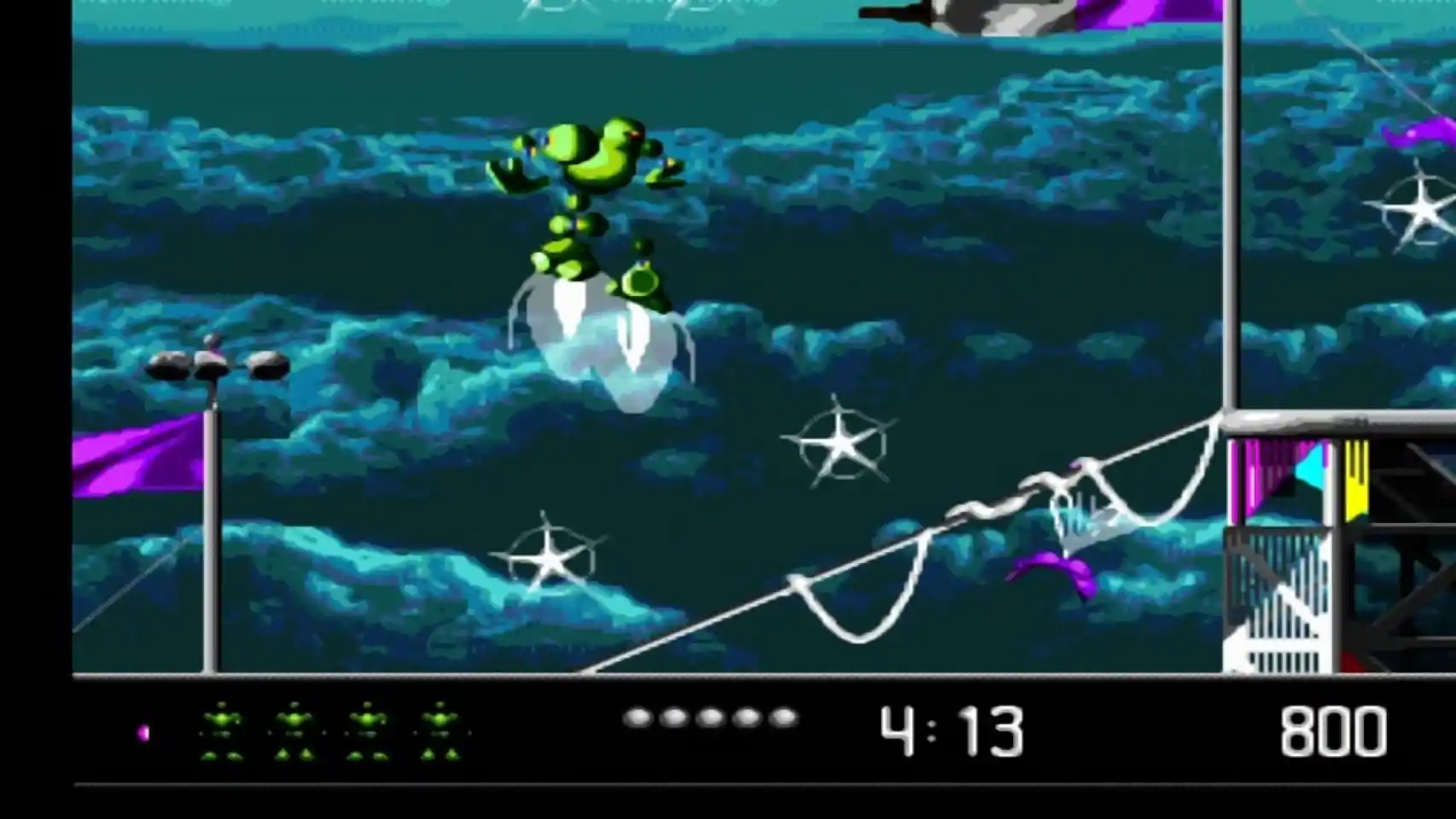
As the Genesis entered its twilight years, “Vectorman” showcased the console’s enduring technical capabilities. With its stunning pseudo-3D graphics, fluid animation, and challenging gameplay, “Vectorman” proved that the Genesis still had plenty to offer. Players took control of the titular character, a robot tasked with cleaning up a polluted Earth, battling through various stages and bosses. The game’s unique visual style and tight controls made it a standout title in the Genesis library.
1996: Sonic 3D Blast
Sonic’s Isometric Adventure
Release Date: November 30, 1996 (Europe), December 14, 1996 (Japan), November 30, 1996 (North America)
Developer: Traveller’s Tales, Sonic Team
Genre: Platformer
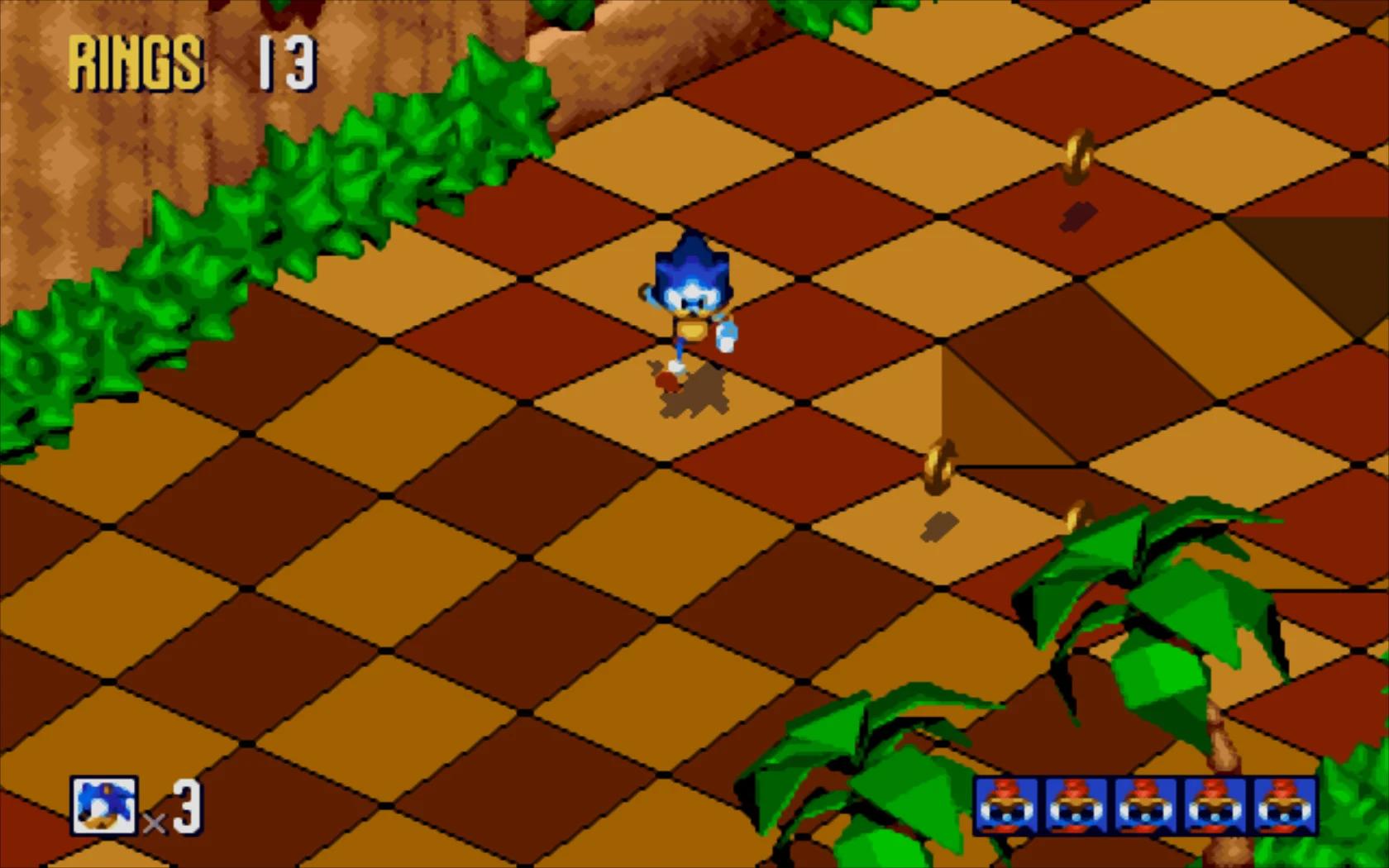
In 1996, Sonic made his debut in the world of isometric 3D platforming with “Sonic 3D Blast.” Developed by Traveller’s Tales in collaboration with Sonic Team, this game featured a unique perspective and gameplay style compared to previous Sonic titles. Players guided Sonic through vibrant, isometric levels, collecting rings and freeing birds called Flickies from the clutches of the evil Dr. Robotnik. While the game’s pace was slower than traditional Sonic games, it showcased impressive visuals and a catchy soundtrack, demonstrating the Genesis’ capabilities even as the console neared the end of its lifespan.
Runners-Up: Other Notable Sega Genesis Games
While the previously mentioned games are considered the quintessential titles for each year of the Sega Genesis’ lifespan, there are numerous other games that left a significant impact on the console’s library. These runners-up deserve recognition for their contributions to the Genesis’ success and their enduring popularity among fans.
- Golden Axe (1989)
- This side-scrolling beat ’em up featured memorable characters, cooperative gameplay, and impressive graphics, making it a favorite among Genesis owners.
- Phantasy Star II (1989)
- The second installment in the Phantasy Star series, this RPG was praised for its deep storyline, engaging gameplay, and impressive visuals.
- ToeJam & Earl (1991)
- This quirky, roguelike adventure game featured two alien protagonists and a unique funk-inspired soundtrack, earning it a cult following.
- Gunstar Heroes (1993)
- Developed by Treasure, this run and gun game showcased the Genesis’ technical capabilities with its fast-paced gameplay, impressive visual effects, and unique weapon system.
- Shinobi III: Return of the Ninja Master (1993)
- The third installment in the Shinobi series, this action-platformer featured refined gameplay, impressive graphics, and a memorable soundtrack.
- Earthworm Jim (1994)
- This platformer starred an unconventional hero, a worm in a robotic suit, and featured surreal humor, creative level design, and impressive animation.
- Comix Zone (1995)
- This unique action game had players navigate a comic book world, with hand-drawn graphics, creative gameplay mechanics, and a rocking soundtrack.
- Ristar (1995)
- Developed by Sonic Team, this platformer featured a unique protagonist with stretchy arms, colorful graphics, and engaging gameplay.
- Phantasy Star IV (1995)
- The final installment in the original Phantasy Star series, this RPG featured an engaging story, memorable characters, and improved graphics.
- Kid Chameleon (1992)
- This platformer featured a shapeshifting protagonist, a variety of level themes, and a staggering 100+ levels to explore.
These runners-up showcase the diversity and quality of the Sega Genesis library, offering memorable experiences across various genres. While they may not have been the definitive games of their respective years, they remain beloved by fans and serve as a testament to the console’s enduring legacy.
Throughout its lifespan, the Sega Genesis delivered a diverse array of games that pushed the boundaries of what was possible on a 16-bit console. From the iconic Sonic the Hedgehog series to innovative titles like “Sonic & Knuckles” and “Vectorman,” the Genesis left an indelible mark on the gaming industry. These games demonstrate the console’s enduring legacy and its place in gaming history.
 Retro-Replay.com Retro gaming reviews, news, emulation, geek stuff and more!
Retro-Replay.com Retro gaming reviews, news, emulation, geek stuff and more!



